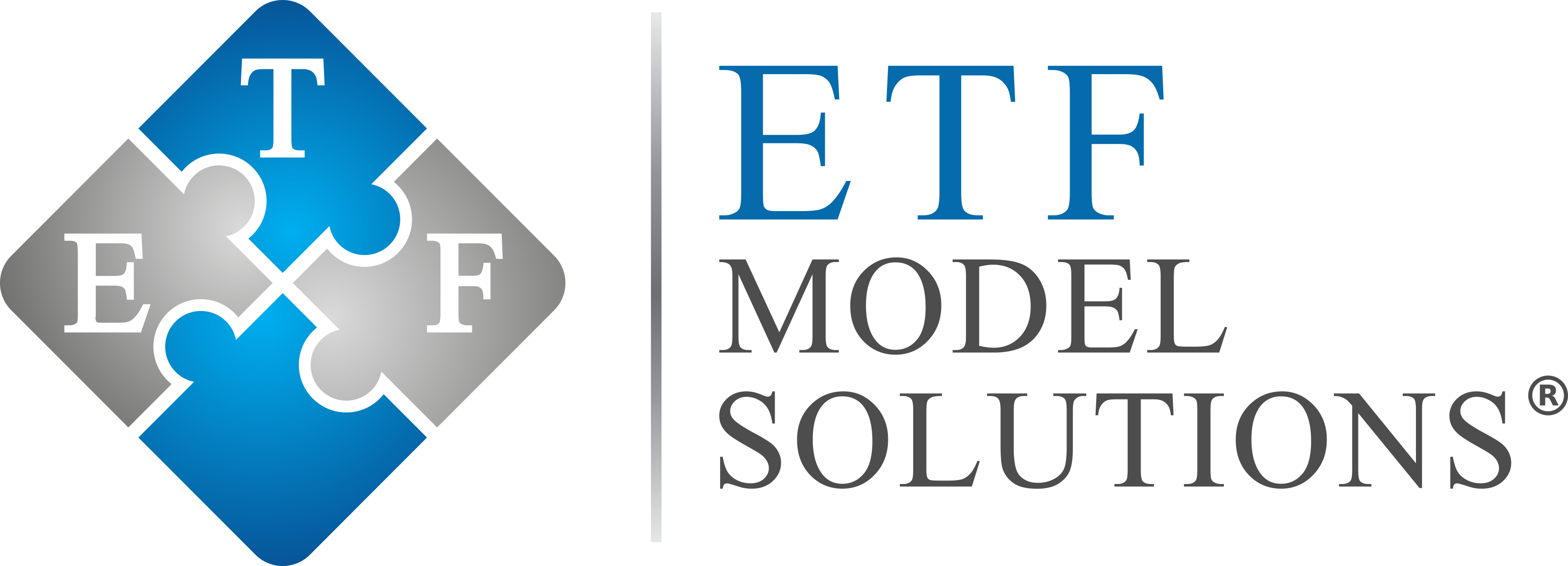According to the IRS, the most common errors in connection with qualified plans, and specifically a 401(k) defined contribution plan, are as follows:
- Failure to update the required plan document to reflect required mandatory law changes governing 401(k) plans
- Failure to follow the terms of the plan document in operation, generally as to those common errors that hereafter follow
- Failure to use the SAME plan definition of “compensation” correctly for handling all deferral elections and allocations in the plan
- Failure to make employer matching contributions to all the appropriate employees
- Failure to apply the 401(k) ADP and ACP nondiscrimination test results to HCE contributions resulting in excess HCE contributions in the plan
- Failure to include all the employees in the plan eligible to make a deferral election resulting in lost deferral opportunity (i.e., exclusion of eligible employees)
- Failure to limit amounts in the plan under Section 402(g) for a calendar year and failure to make the required distribution of those deferrals ( excess deferrals) that exceeded this limit back to the affected participants
- Failure to routinely deposit employee elective deferral amounts on a timely basis
- Failure of participant loans to conform to both the requirements of the document and Section 72(p) in operation
- Failure to handle financial hardship distributions properly, including cessation of deferrals for the balance of the plan year as required
- Failure to make the required minimum employer contributions to the plan when the plan is “top heavy”
- Failure to file the required annual Form 5500 return or distribute the annual Summary Plan Description to plan participants
Conclusion
401(k) plans offer substantial tax benefits to both the plan participants and the plan sponsor that are worth protecting. Both the IRS and the DOL have provided corrective programs to cure violations in both documentation and operation of a 401(k) plan. The best approach is to establish a set of internal controls and plan documentation files that support correct documentation and operation from inception to termination of the plan in the distant future. Plan sponsors and plan fiduciaries should acquaint themselves with the most common violations that may occur with their 401(k) plan and establish internal plan controls and procedures to help prevent these violations in the first instance. They may also help surface and identify operational and fiduciary prohibited transaction violations early if they should occur despite the controls and procedures. Use of a knowledgeable and experienced qualified plan administrator can assist in this important process of compliance.
However, with the aid of its legal advisors, the plan sponsor should move quickly to ascertain the best available IRS or DOL program to cure the violation once a documentation or operational violation has been identified. It should then move forward to make the necessary correction under the selected program at the earliest date in order to protect the plan’s income tax benefits for all concerned. And, this action to correct a form or operational error may also protect the fiduciaries and plan sponsor from penalties for any fiduciary failures in connection with the 401(k) plan.
